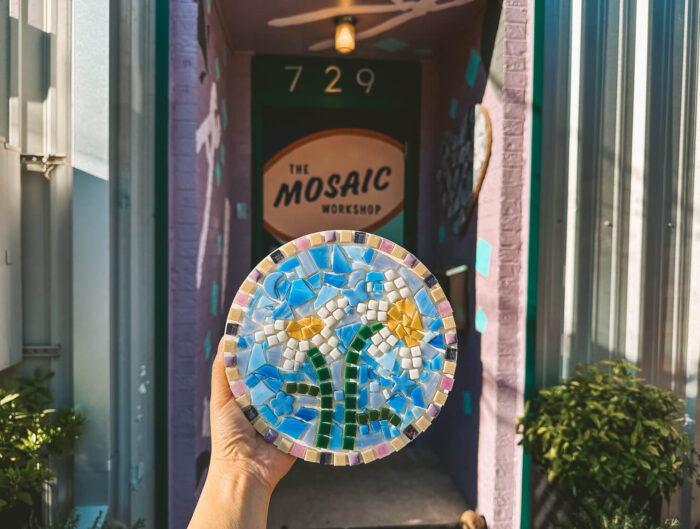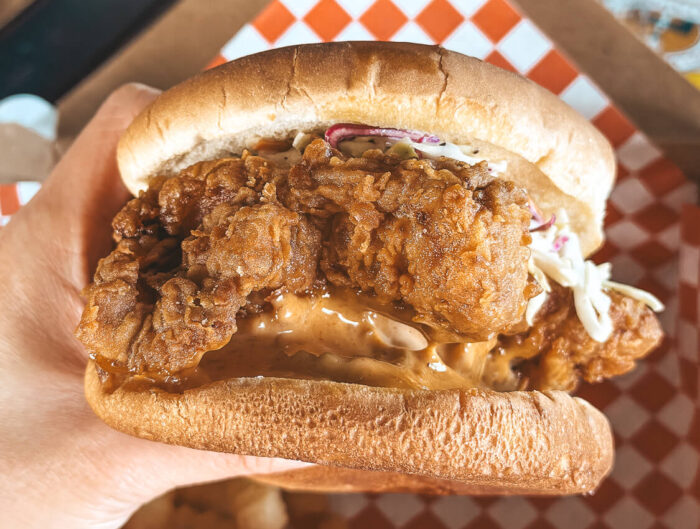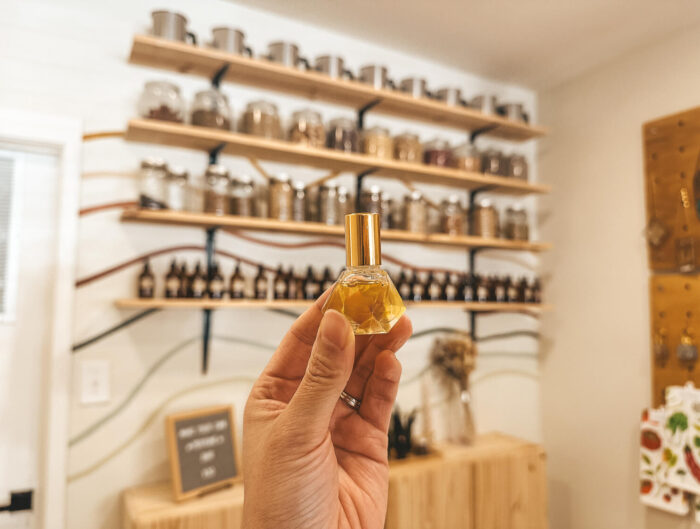This post shares my experience at Neighborhood Molino’s molino workshop, where I learned about nixtamal. Read on for details about masa!
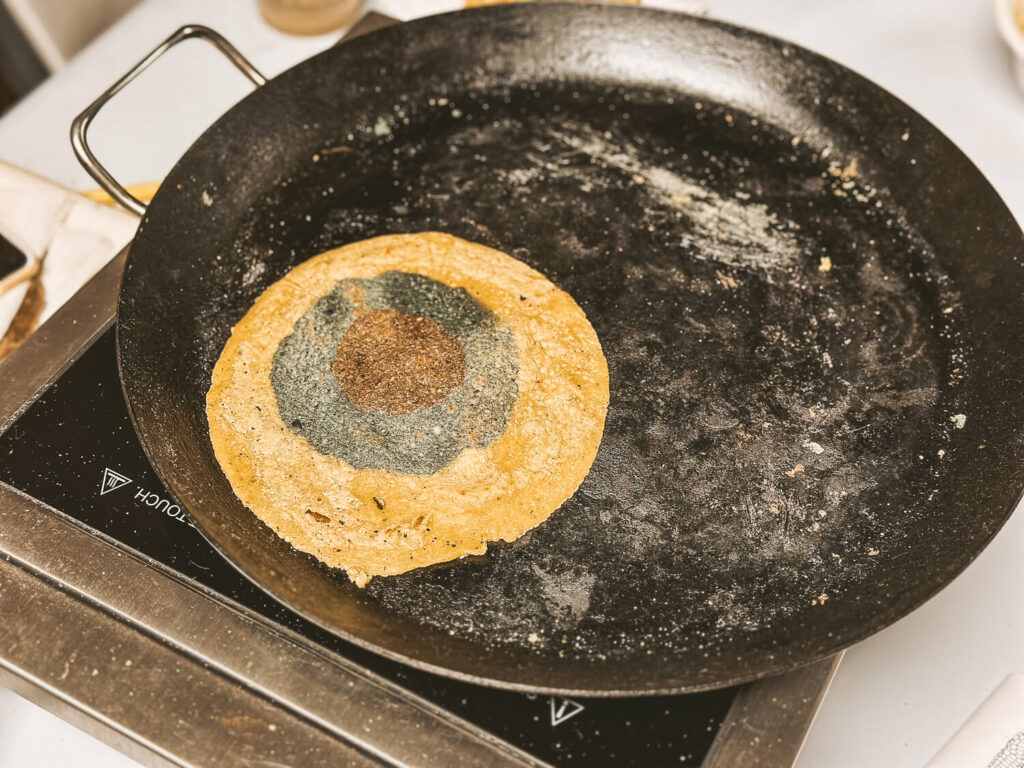
At the beginning of our class, we went around introducing ourselves and sharing our familiarity with maíz and nixtamal. Many recalled watching family members making fresh tortillas and tamales at home and how they wanted to learn about their ancestral traditions.
If you’ve followed my blog for a while, you know I am curious about food and its stories. Having grown up in Texas, where my family did not use corn in the kitchen, and seeing the growing restaurant trend of using heirloom varietals, I thought it would be enlightening to learn from an expert and try the process.


As with many of the classes I attend, the process first starts with care and honor for the ingredients, the traditions, and the ancestors. In this case, it’s corn, a plant we (specifically the U.S.) have degraded for the sake of efficiency and mass production. Yet, our curiosity always comes back to the beginning. We reject the efficiency and mass-produced goods to question why it matters. We find that the taste, benefits, and joy of food are much better and easier to achieve than we thought.
So, here we are, purchasing bags of heirloom corn grown on farms thoughtful of their processes and grinding the corn for fresh masa dough. It’s a way to honor the ingredients, traditions, and ancestors while providing a beautiful farm-to-table product.
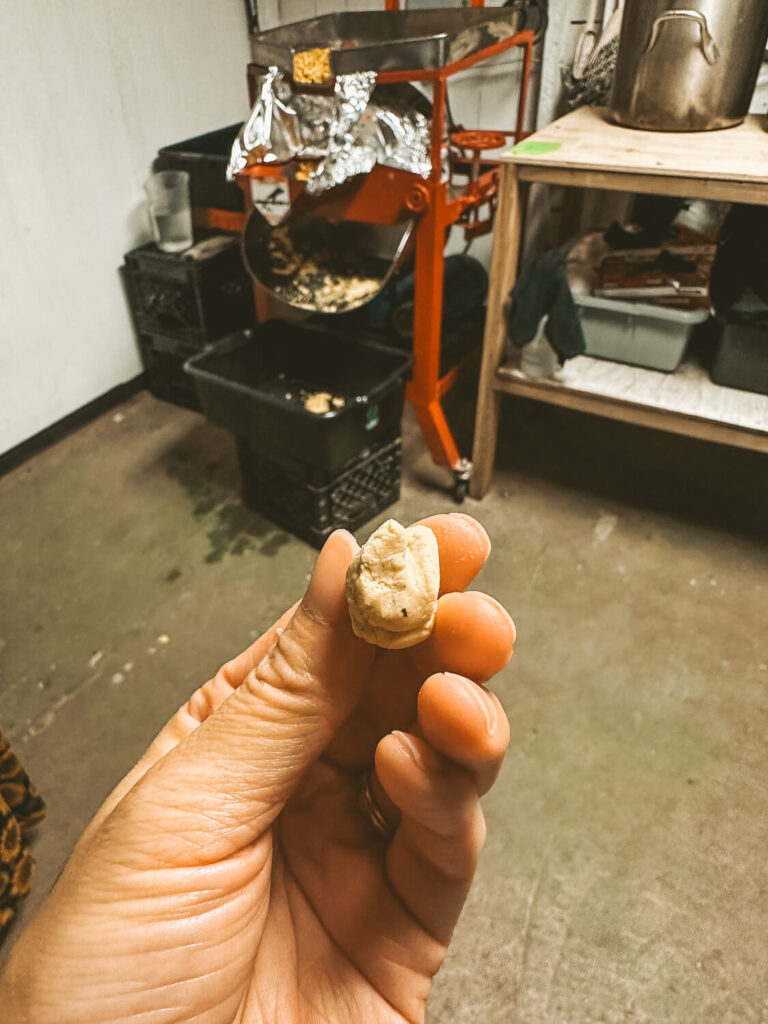
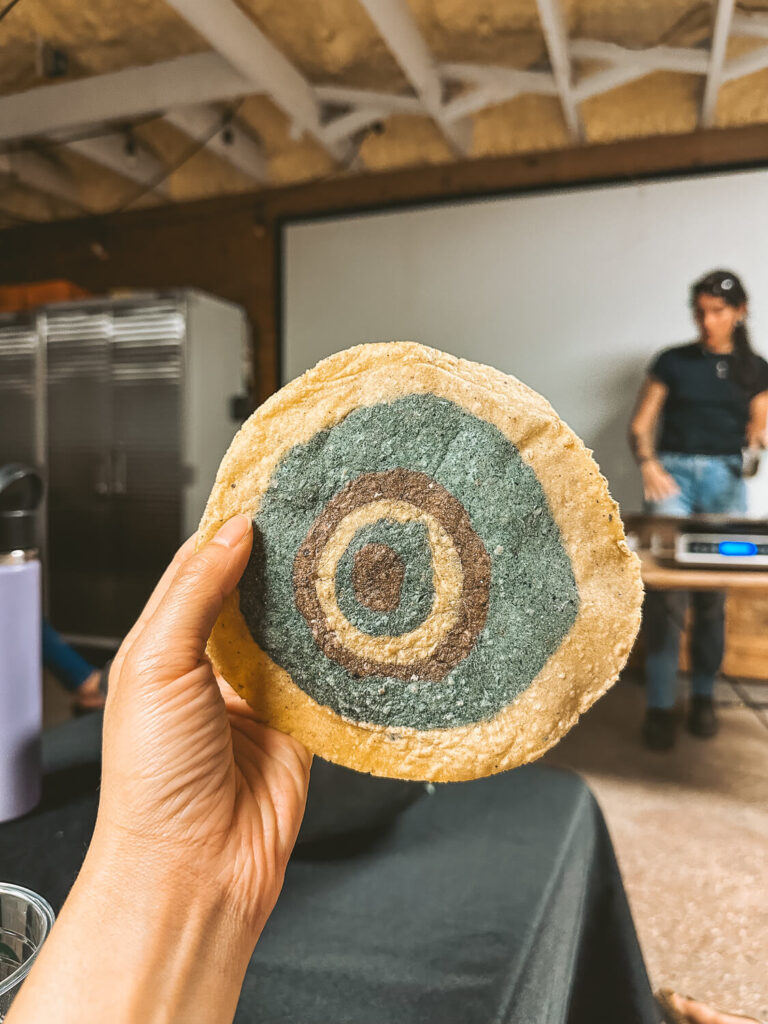
Neighborhood Molino
Luna Vela, the instructor and dreamer behind Neighborhood Molino, has worked in the restaurant industry for many years and wanted to share the traditional practices of maiz through food and teaching. There is certainly a community curiosity about the traditions, and Austin has a great resource in Luna and Neighborhood Molino. She provides masa for various restaurants around town, like Comadre Panaderia and Sana Sana Taqueria, and she is passionate about sharing the tradition with the community, hence the workshops.
In a shared art space with Nepantla, Neighborhood Molino exists to source maíz, produce masa, teach traditions, and in many ways, remind us to care for one another.


Learning About Nixtamal and the Molino
Before sharing more about the workshop, let me share some definitions with you:
- Heirloom corn – traditional varietals from ancestral seeds, many times in unique colors, non-GMO
- Maíz – corn in Spanish
- Nixtamal – corn that has been soaked in an alkaline solution (water with cal or wood ash)
- Nixtamalization – the process of creating nixtamal
- Metate – traditional volcanic stone tools to grind corn
- Molino – modern electric mill using volcanic stones to grind corn
- Masa – corn dough, the result of grinding corn
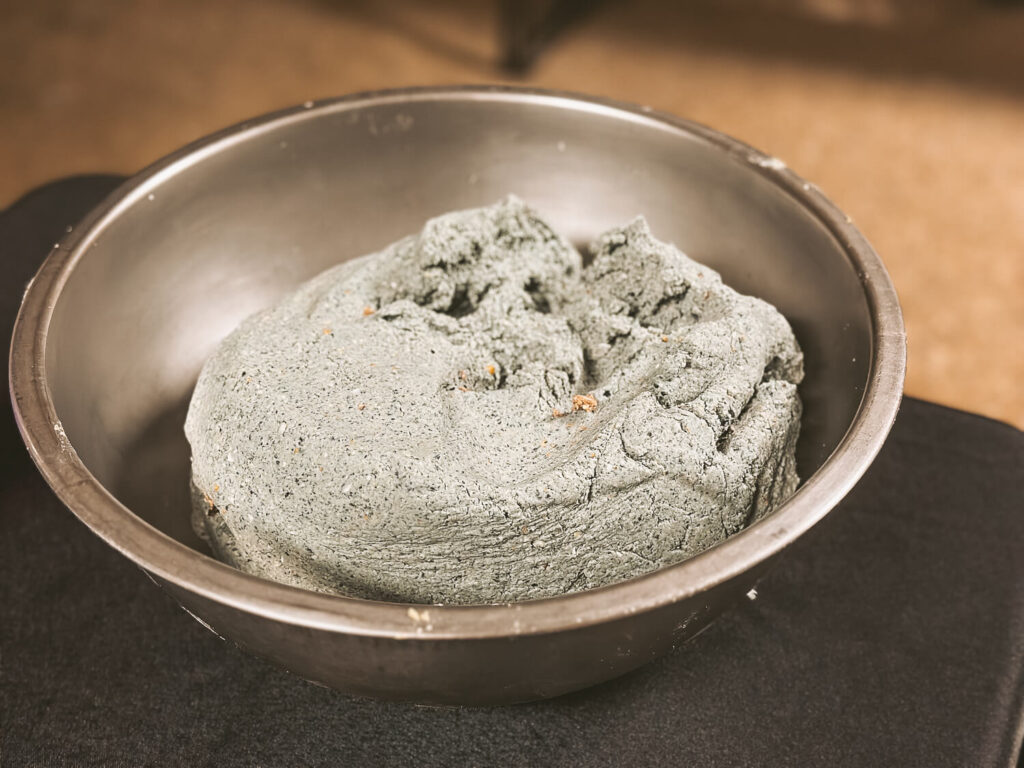
If you are interested in trying the process in your home, I encourage you to take a workshop for hands-on experience! But I’ll share a quick recap of the process and what you can expect in the class.
In our class, Luna showed us the different techniques of grinding the nixtamal, specifically the traditional metate stone and the modern molino. We got to try both methods. (Luna had done the nixtamalization ahead of time since it is essentially boiling.)


After grinding three varieties of nixtamal, with three different colors, we made tortillas by shaping, pressing, and then cooking.


I love that masa has a wide variety of uses. Beyond tortillas and tamales, there are various shapes and sizes to create sopes, tostadas, arepas, and more. We each got to take some of the masa home with us, and I used mine to make tortillas (though a bit wonky without a press) and a cake. The corn flavor is deep, so you can truly appreciate the heirloom varietals.



To learn more about Neighborhood Molino, follow on Instagram.
If you’re interested in trying restaurants that use heirloom varietals, visit:
If you’re curious about food, check out these posts:

